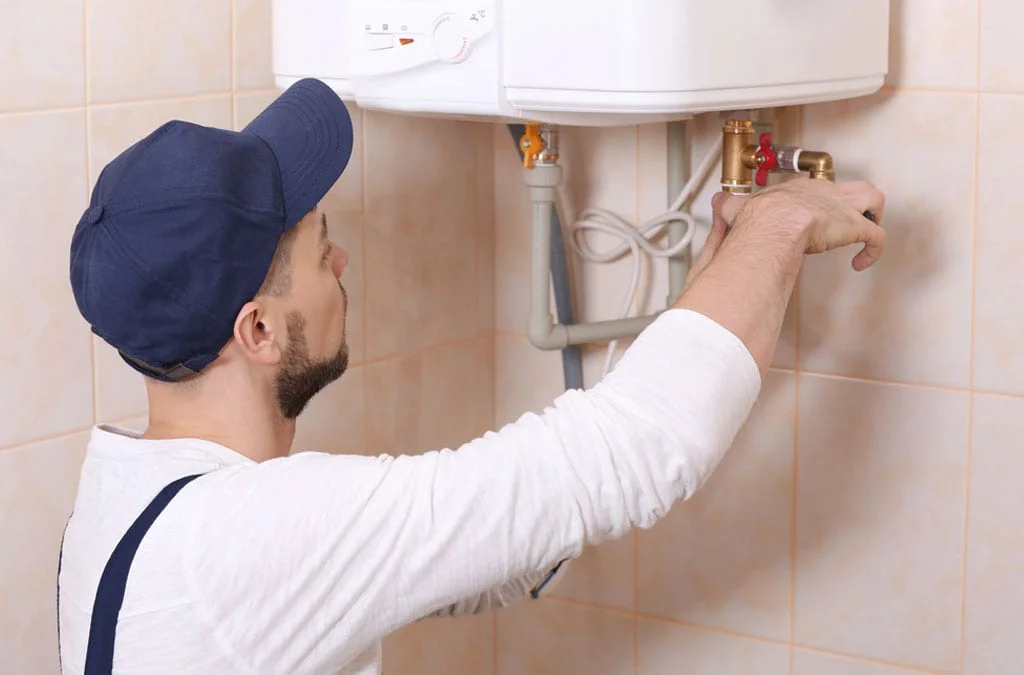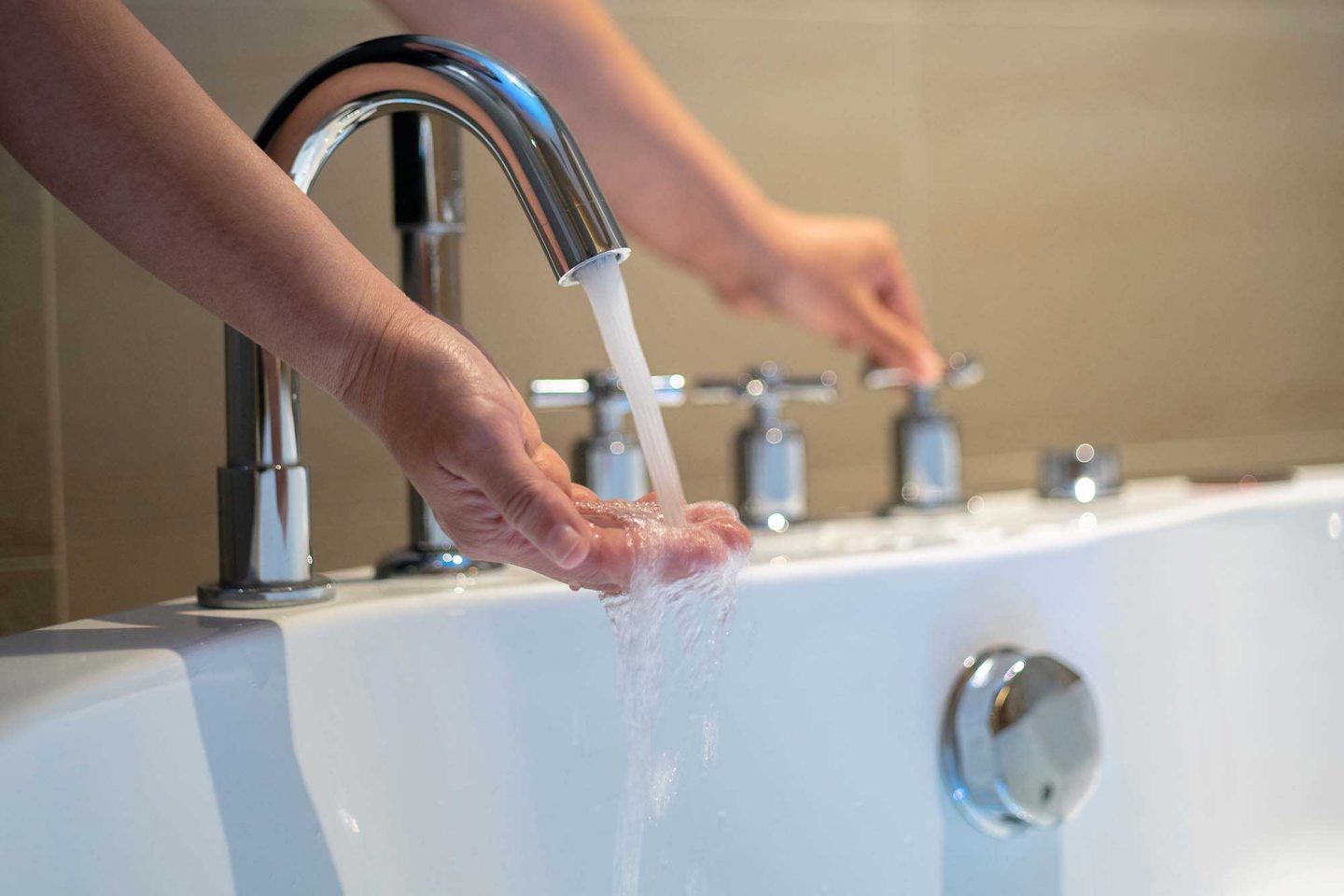The heater that you regularly use in your bathroom before you take a warm bath looks like a fairly simple device. But in reality, it is made up of several components, each of which should function optimally for you to get your hot water as and when you want.
So there is a heating element which usually uses electricity to produce heat, there is a tank where the hot water is stored, and there is a thermostat in a regular heater. If any part malfunctions, you can visit this site to troubleshoot any water heater related problem that you might be facing.
Common Heater Issues That You Must Know About

This article gives you a list of things that can go wrong with the heating device in your house and the ways in which you can fix the issues.
When There Is A Insufficient Flow Of Heated Water
The most common manifestation of this problem is that when you open the faucet for hot water, you see a very narrow stream of water. There could be several reasons for getting a narrow stream of fluid from a faucet. One of the most common reasons is the build-up of sediment in the tank.
The water that is supplied to the municipal areas often contains many salts in it. The tank is part of a heating device that stores the hot fluid before it is discharged via a faucet.
Now when there is a build-up of sediment in the tank, the volume left to be occupied by water is much less. Since a lower amount of water is present in the tank than the full capacity of the tank, the water flows out of the faucet as a narrow stream.
If the build-up of sediment is indeed the problem, here are the steps to remove sediments from the tank
- The first step is to turn the heating element off.
- Next, you must turn off the cold water valve. This valve allows the entry of cold water into the tank. If you start draining out the tank without shutting off the inlet for cold water, the tank will never be completely empty.
- Next, you must turn on the drain valve, which is usually present on the side of the tank.
- Once the entire tank is empty, you can remove the sediment.
- After this, switch off the drain valve and the cold water valve, and the built sediment will be gone.
Although if the device is more than eight years old, it is better to get a new device as the inner lining of the tank begins to corrode after extended use. And it is better to use a new heater.
When The Water Is Not Hot Enough

The biggest sign that something is wrong with your heating device is that water that comes out of the faucet is not hot enough.
There could be three primary reasons why the water that comes out of your faucet is not adequately hot.
Firstly, it could be an electrical problem. This means that the wires which supply the electric current to the heater are not functioning optimally. Or it could be a problem with the thermostat. A thermostat is a device that regulates the temperature of the fluid. And finally, it could be a problem with the heating core.
The first thing to deal with is the problem of the electricity supply. For this, you can take the help of an electrical engineer. Ask the electrician to replace any fuse that has been blown or repair any other breaks in the circuit.
If there is no problem with the power supply, then you must ask a professional to check the core heating element and the thermostat. Usually, the thermostat is the culprit if the water remains cold or gets very hot.
If the thermostat is set at a low temperature, then the water will not get adequately hot, and if it is set at a high temperature, then the water will get too hot. However, the settings of a thermostat cannot change all of a sudden. So if there has been a sudden change in the temperature of the water, then either the thermostat has gone bad, or the core heating element is to be blamed.
When You Spot Signs Of Leakage
If you spot a stream of fluid that trickles and flows out every time you switch on the heating device, there may be a problem of leakage.
Leakages can be attributed to several reasons, like a faulty pressure valve, overheating, a gasket that has gone bad, or leaks in the main body of the tank.
The easiest way to fix loose plumbing connections is by tightening the loose points. However, if the problem persists even after tightening the connections, there may be a problem with the valves or the tank.
If it is indeed a problem of leakage from the tank, then you may have to replace the entire setup sooner or later. This is because corrosion of the main tank cannot be dealt with without getting a new device altogether.
When You Hear Gurgling Sounds From The Heating Device

If you can hear gurgling sounds or other odd sounds every time you switch on the heating device, then it may be a problem of sedimentation. To remove sediments, you can drain away the contents of the tank via the drainage valve and then physically remove the sediments from the tank.
Conclusion
A good hearing device can easily run for eight to ten years. However, regular maintenance work is necessary. It does not matter from which company you buy a heater; problems like the build-up of sediments and corrosion of the tank are omnipresent.
So in order to increase the life of your heating device and to prevent any accidents, get a check-up done by a plumber and an electrician frequently. Get the check-ups done every time you spot any problems be it a problem of overheating or the leakage from the main body.
